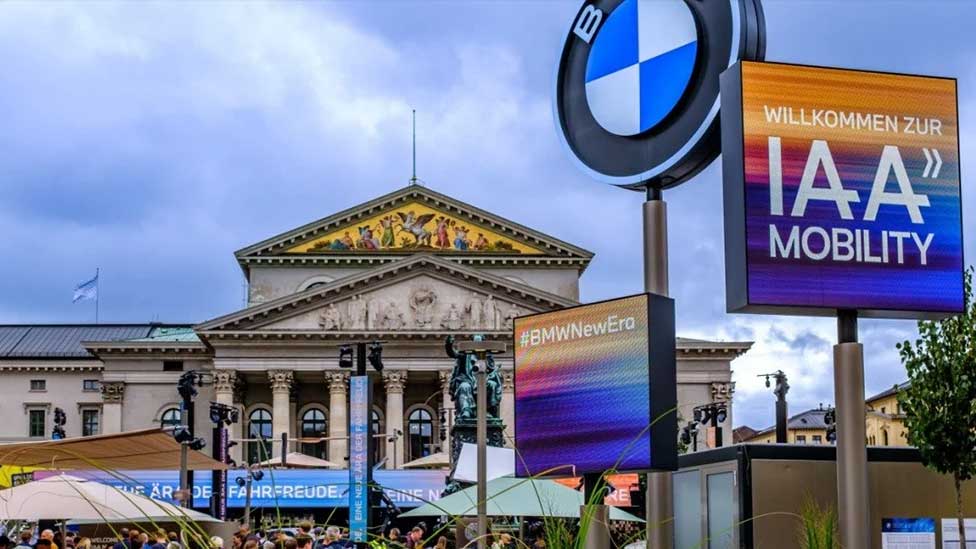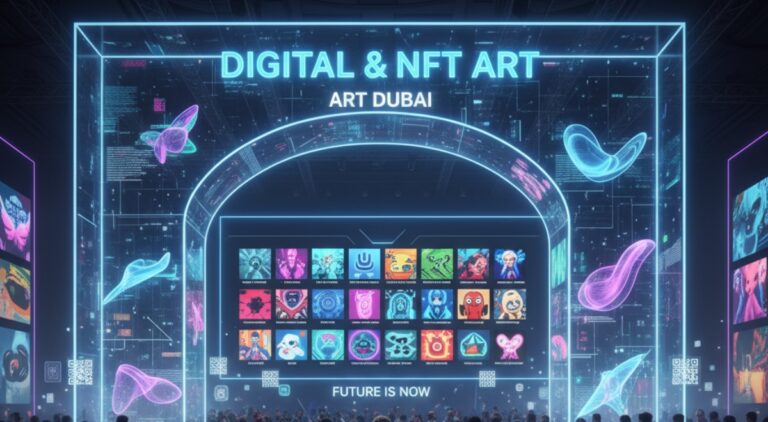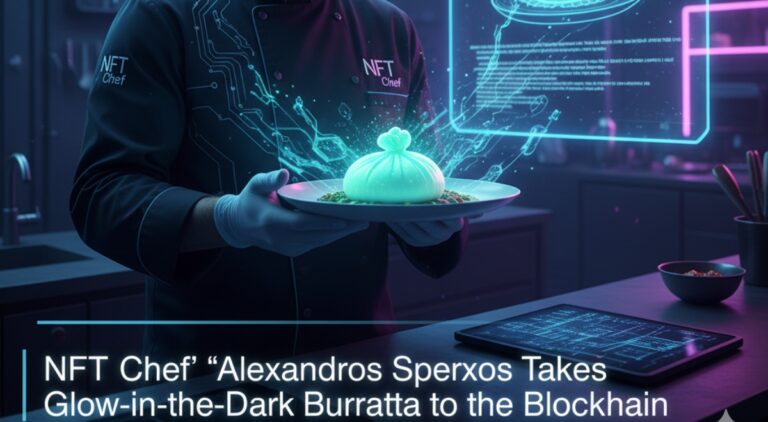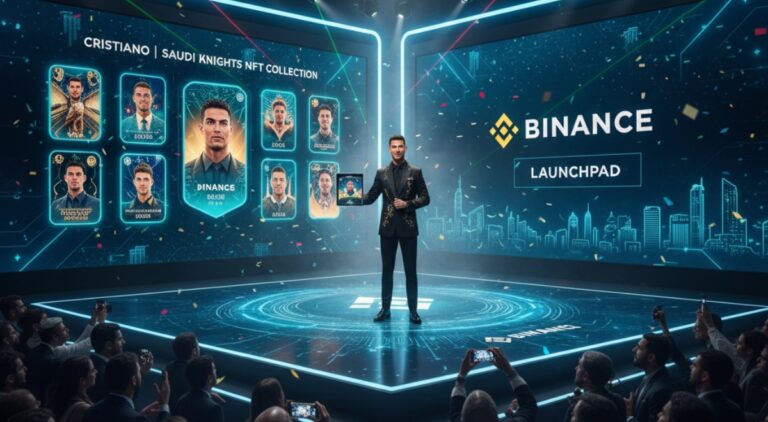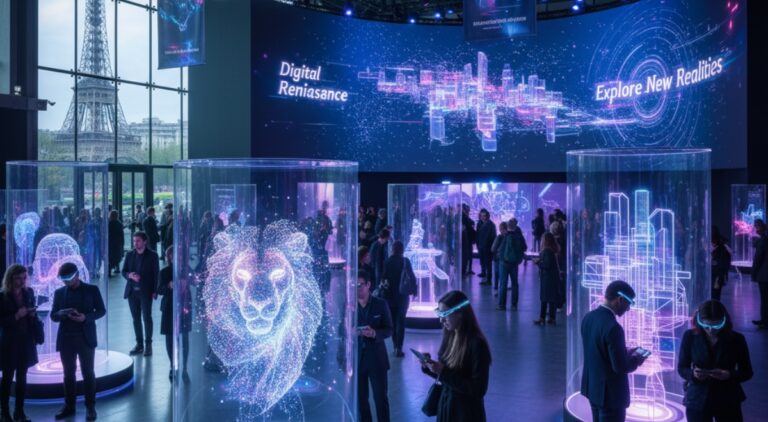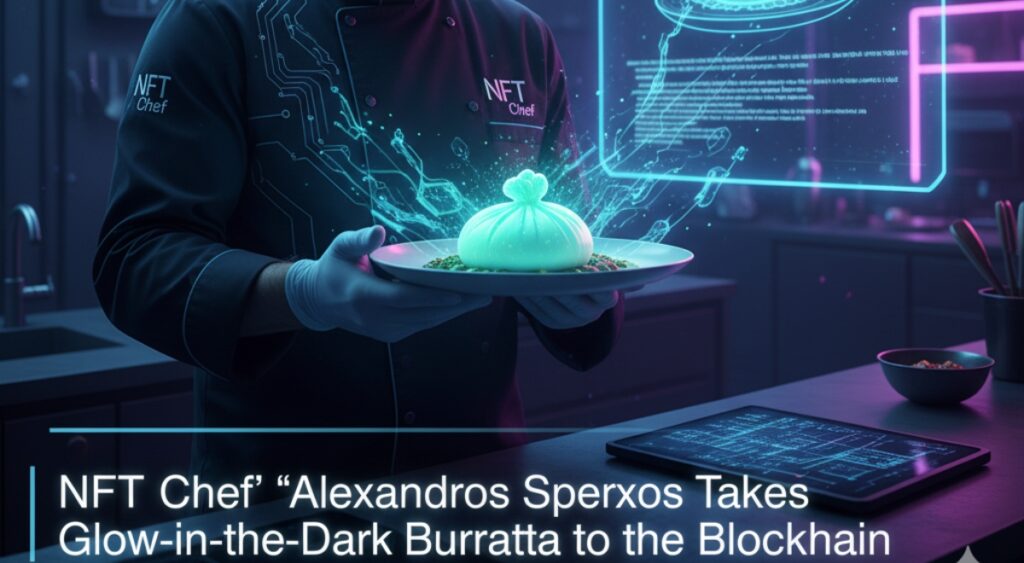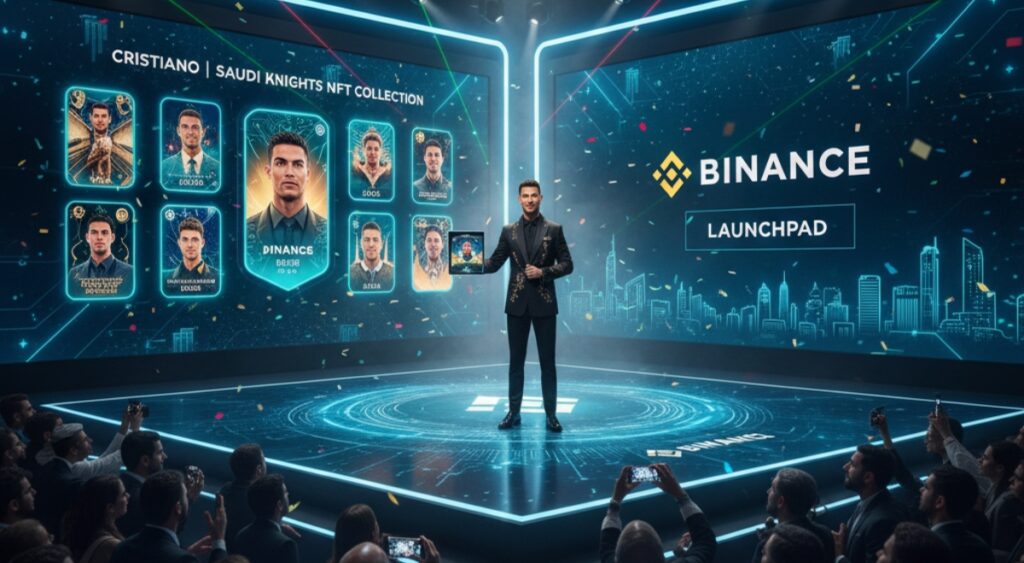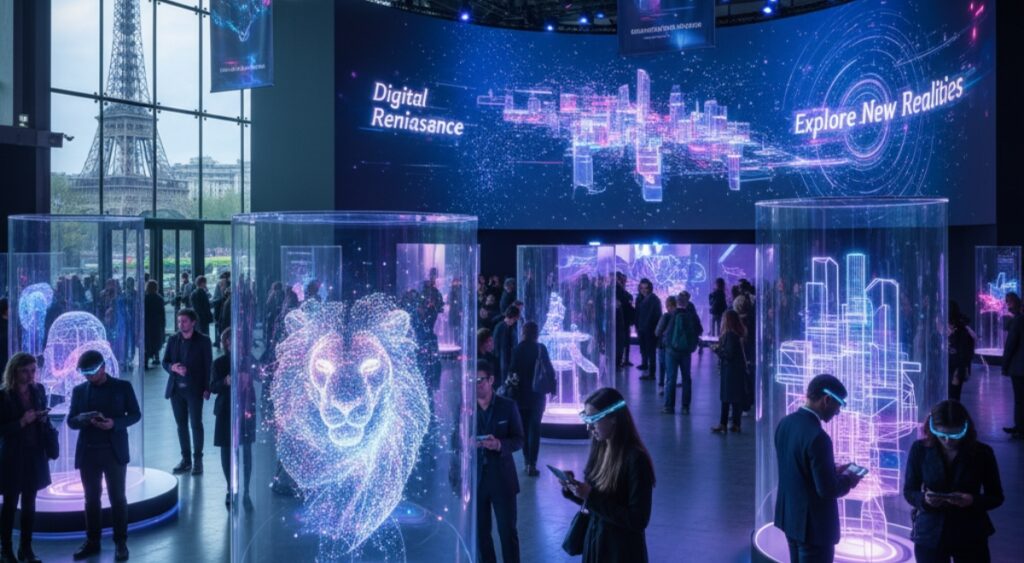Munich, Germany – BMW has redefined the boundaries of luxury, technology, and digital culture with the unveiling of the Apecar 1/1, a one-of-a-kind vehicle born from a Bored Ape Yacht Club (BAYC) NFT. On September 12, 2025, during the IAA Mobility showcase at BMW Welt in Munich, the German automaker handed the bespoke creation to collector Dennis Weidner, marking a milestone in the fusion of Web3 assets and traditional automotive craftsmanship.
From Digital Artwork to Physical Masterpiece
The Apecar began as a digital collectible in the Otherside metaverse, designed by Yuga Labs, the creators of the Bored Ape Yacht Club. What was once a playful image in the Web3 ecosystem has been reimagined by BMW as a fully realized, physical car, blurring the lines between digital ownership and tangible luxury.
While automakers have previously experimented with NFT-based designs and virtual showrooms, BMW’s Apecar is believed to be the first luxury vehicle to directly translate an NFT into a real-world, drivable car. The company described it as a symbol of innovation and a bold step in reimagining how digital assets can evolve beyond their virtual origins.
A Collector’s Dream
The car was presented to Dennis Weidner, CEO of Cryptoticker GmbH, an early adopter of blockchain technologies and one of 10,000 BAYC NFT holders worldwide. For Weidner, the Apecar is more than just a collector’s item.
“This car reflects my journey as an entrepreneur and the evolution of NFTs from speculative assets into tangible, meaningful works of art,” Weidner said at the handover ceremony. “It proves that digital culture can inspire real-world innovation at the highest level.”
Weidner’s ownership highlights the growing intersection of entrepreneurship, digital identity, and luxury collecting, where blockchain-based assets are seen not only as investments but also as lifestyle statements.
Bridging Web3 and Automotive Heritage
For BMW, the project is part of a broader strategy to blend traditional craftsmanship with digital innovation. Executives at the event framed the Apecar as a milestone in bridging the Web3 community and the heritage of German automotive engineering.
The initiative also reflects BMW’s recognition of shifting consumer trends. With younger, digitally native buyers entering the luxury market, the demand for unique, personalized, and tech-driven experiences is reshaping the automotive sector. The Apecar demonstrates how NFTs can serve as blueprints for bespoke designs, allowing collectors to see their digital identities reflected in physical form.
NFTs in the Luxury Market
The BAYC collection, launched in 2021, quickly became one of the most recognizable names in the NFT space, spawning a global community of celebrities, entrepreneurs, and artists. Its influence has extended into fashion, entertainment, and now automotive design.
BMW’s move aligns with a broader trend of luxury brands exploring NFT-to-physical integrations. Fashion houses have launched token-linked clothing lines, while watchmakers and jewelers have released blockchain-verified collectibles. By entering the space, BMW positions itself not just as a car manufacturer but as a cultural innovator.
Industry analysts suggest that the Apecar could serve as a blueprint for future collaborations, where NFTs inspire exclusive designs across luxury sectors. It also signals a maturing phase for NFTs, moving beyond hype cycles into long-term applications tied to craftsmanship and tangible value.
Symbolism and Market Significance
The delivery of the Apecar was celebrated by both the automotive and Web3 communities as a proof of concept for digital-to-physical integration. Attendees at IAA Munich described it as a “bridge between two worlds”—the decentralized, fast-moving Web3 ecosystem and the tradition-rich automotive industry.
BMW officials noted that while the Apecar is a one-off project, it underscores the brand’s willingness to experiment with emerging technologies and cater to new generations of collectors. The symbolic weight of transforming a Bored Ape into a car goes beyond novelty—it illustrates how blockchain ownership can influence real-world design, manufacturing, and luxury consumption.
Looking Ahead: A New Era of Collecting
The Apecar raises intriguing possibilities for the future of NFTs and physical goods. Could blockchain assets become design templates for cars, fashion, or even real estate? Could luxury brands issue NFTs that double as ownership certificates for exclusive one-of-one creations?
For now, the Apecar stands as a unique experiment, but one that hints at broader adoption. By showcasing how digital collectibles can translate into real-world assets, BMW has positioned itself at the forefront of a new cultural movement where ownership extends seamlessly across both realms.
As the automotive industry grapples with electrification, digitalization, and changing consumer expectations, projects like the Apecar highlight a parallel transformation: the integration of digital identity into physical experiences.
A Landmark Moment
The handover of the Apecar 1/1 at BMW Welt was more than a ceremonial gesture. It symbolized the maturation of NFTs, the adaptability of luxury brands, and the growing convergence of technology and tradition.
For Dennis Weidner, the new owner, it was the culmination of a personal journey. For BMW, it was a declaration that innovation in the luxury sector is no longer confined to engineering excellence but must also embrace digital culture and creativity.
As the curtain closed on IAA Munich, the Apecar left an enduring impression: a car that began life in the metaverse, only to emerge on the showroom floor as a one-of-one masterpiece, bridging two worlds in a way no vehicle has before.

